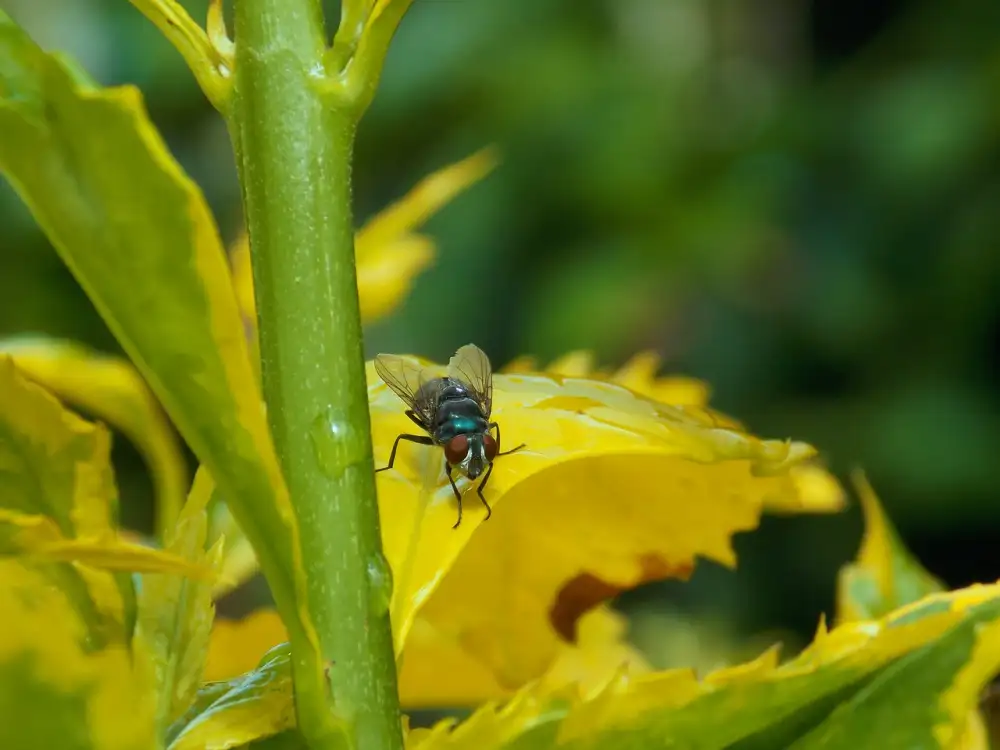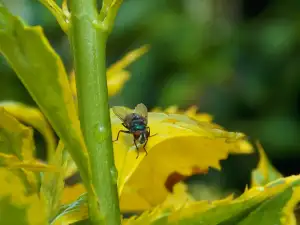Say Goodbye to Fruit Flies: DIY Fruit Fly Trap for a Pest-Free Home

**Introduction to Fruit Fly Problem**
Fruit flies, scientifically known as Drosophila melanogaster, are small insects that are commonly found in homes, particularly near ripened fruits and vegetables. These tiny pests are attracted to fermenting organic matter and can quickly infest kitchens and pantries. Fruit flies reproduce rapidly, with females laying up to 500 eggs at a time. Their presence not only poses a nuisance but also a potential health risk as they can carry bacteria and other pathogens from decaying food sources. Controlling fruit fly populations is essential to maintain a hygienic living environment and prevent food contamination.
Understanding Fruit Flies
Fruit flies, scientifically known as Drosophila melanogaster, are small insects that are attracted to ripened or fermenting fruits and vegetables. They are commonly found in kitchens, grocery stores, restaurants, and anywhere food is present. These tiny pests reproduce rapidly, with a female fruit fly laying up to 500 eggs in her short lifespan of about two weeks. Fruit flies are not only a nuisance but also potential carriers of bacteria and pathogens, making them a health concern in homes and food establishments. Understanding their behavior and lifecycle is crucial in effectively managing and eliminating fruit fly infestations.
Importance of Using Fruit Fly Traps
Fruit fly traps are crucial in managing fruit fly infestations as these pests can reproduce rapidly, with a single female laying up to 500 eggs. By using fruit fly traps, you can effectively reduce their population and prevent them from contaminating your food. Additionally, fruit fly traps are environmentally friendly and pose no harm to humans or pets, making them a safe and non-toxic solution for pest control in your home.
DIY Fruit Fly Trap Options
1. Apple Cider Vinegar Trap: Fill a small bowl with apple cider vinegar and add a few drops of dish soap. The scent attracts fruit flies, while the soap breaks the surface tension, causing them to drown.
2. Red Wine Trap: Pour some red wine into a jar and cover it with plastic wrap. Poke small holes in the wrap for fruit flies to enter but make it difficult for them to escape.
3. Banana Trap: Place overripe bananas in a jar or bottle and cover the opening with plastic wrap secured by a rubber band. Poke holes in the wrap for fruit flies to enter.
4. Vinegar and Sugar Trap: Mix equal parts of vinegar and sugar in a bowl, then add a few drops of dish soap. The sweet smell lures fruit flies, and the soap traps them.
These DIY traps are effective, inexpensive, and easy to make using common household items.
Commercial Fruit Fly Trap Products
Commercial fruit fly trap products are widely available in the market and can be a convenient solution for those looking to quickly and effectively eliminate fruit flies. These products often come in the form of ready-to-use traps that contain attractants to lure fruit flies inside, where they become trapped and unable to escape. Some commercial traps use non-toxic ingredients, making them safe for use around food preparation areas. Popular brands like TERRO Fruit Fly Traps and RESCUE! Fruit Fly Traps are known for their effectiveness in capturing fruit flies efficiently. While these products may come at a higher cost compared to DIY options, they offer convenience and proven results in controlling fruit fly infestations.
Tips for Effective Fruit Fly Trap Placement
When placing fruit fly traps, it's essential to put them in areas where fruit flies are most likely to be present. Kitchens, near garbage cans, and around fruit bowls are prime locations. Make sure to place the traps away from food preparation areas to prevent contamination. Additionally, avoid placing traps in direct sunlight or near strong airflow as this can affect their effectiveness. For optimal results, consider placing multiple traps throughout your home to target different infestation hotspots.
Maintenance and Cleaning of Fruit Fly Traps
Maintenance and cleaning of fruit fly traps are crucial to ensure their effectiveness in controlling the fruit fly population. Regularly emptying the trap and cleaning it with warm, soapy water helps remove any trapped flies and prevents the buildup of attractants that may deter new flies from entering. It's recommended to clean the trap at least once a week or more frequently if needed, especially during peak fruit fly seasons. Additionally, inspecting the trap for any damage and replacing it if necessary will help maintain its efficiency in catching fruit flies. By staying on top of maintenance, you can enjoy a pest-free home and fresh produce all year round.
In conclusion, fruit flies can be a nuisance in any home, especially during warmer months when they are most active. By understanding their behavior and using effective fruit fly traps, you can significantly reduce their population and keep your living space pest-free. Whether you opt for a DIY trap or a commercial product, the key is to place them strategically near areas where fruit flies congregate. Regular maintenance and cleaning of the traps are essential to ensure their effectiveness. With these simple steps, you can say goodbye to fruit flies and enjoy a more pleasant environment in your home.
Published: 15. 04. 2024
Category: Home



